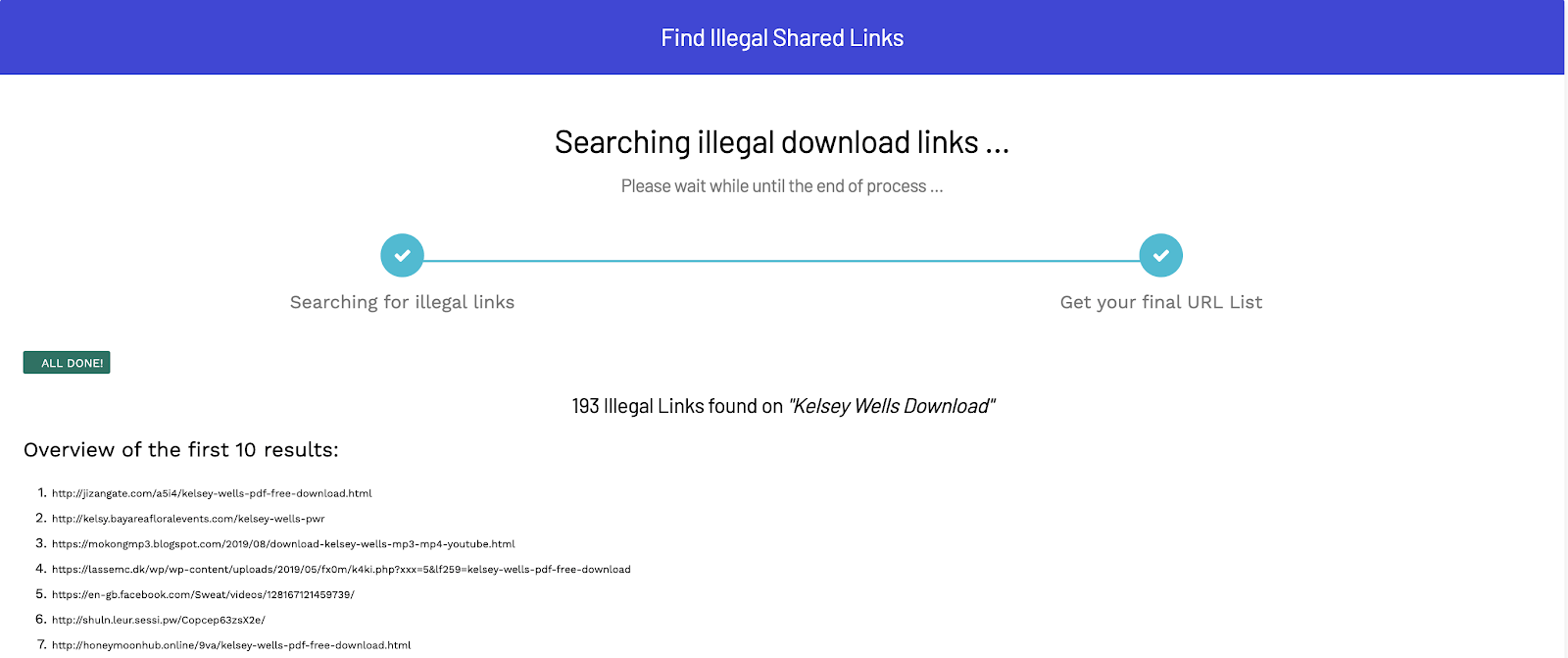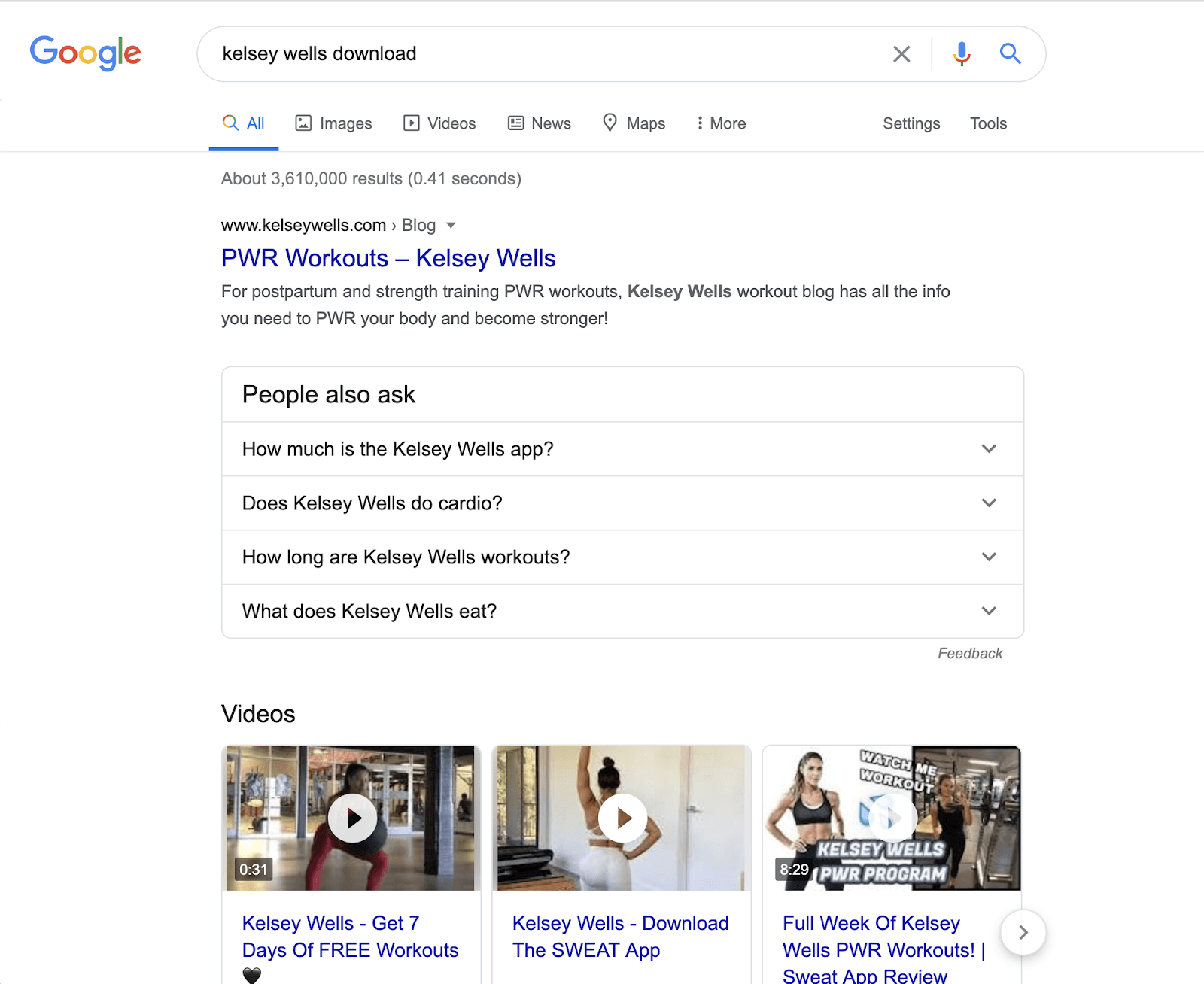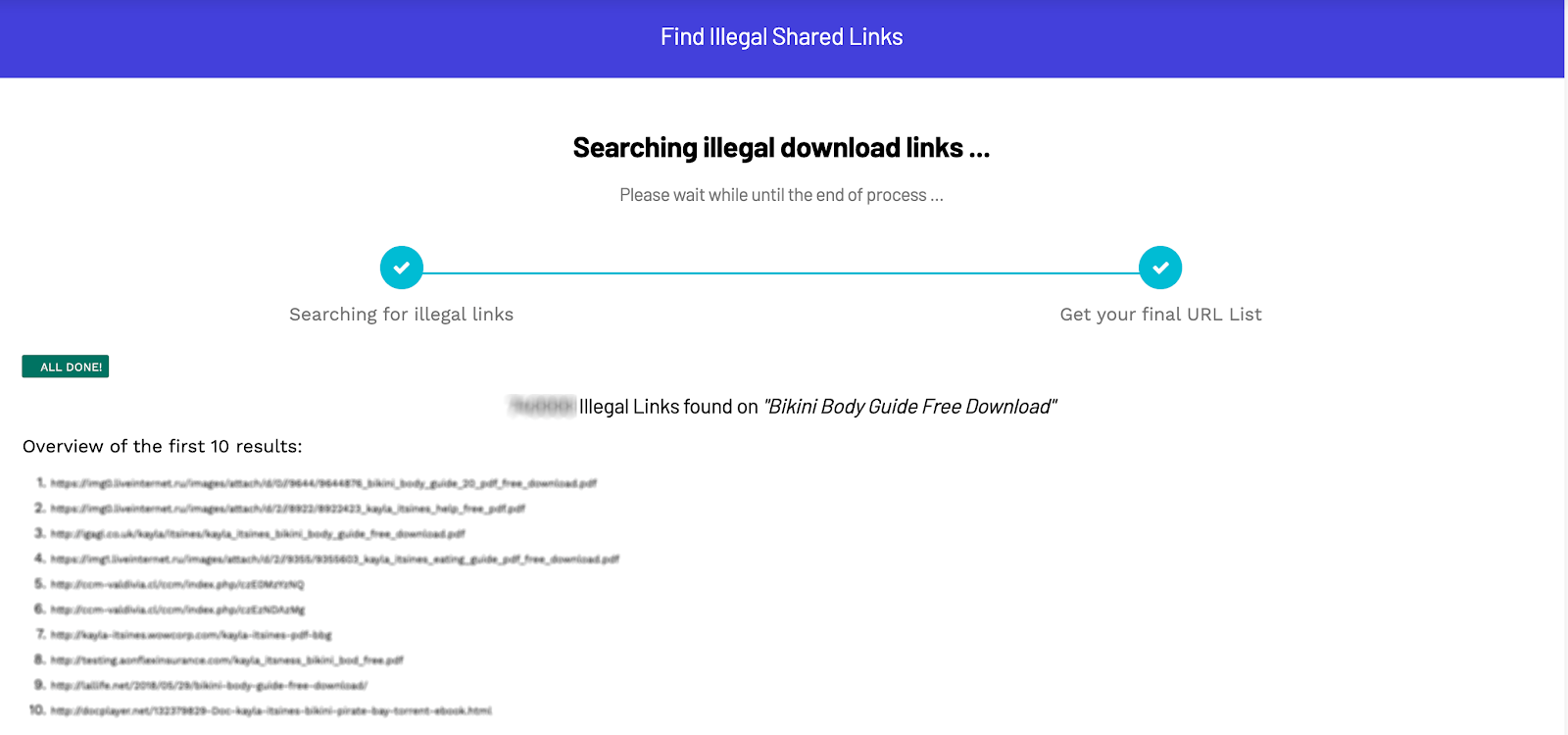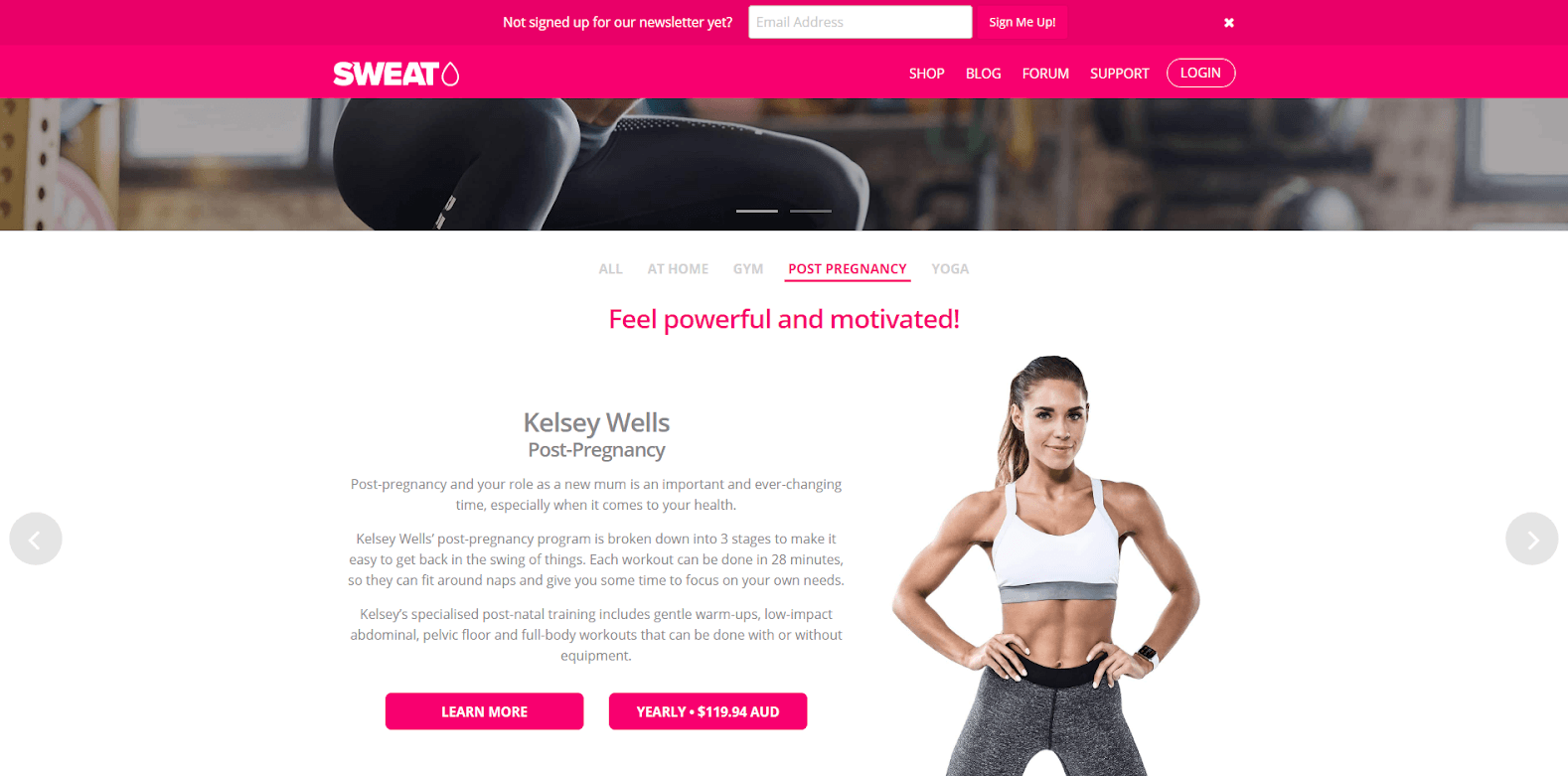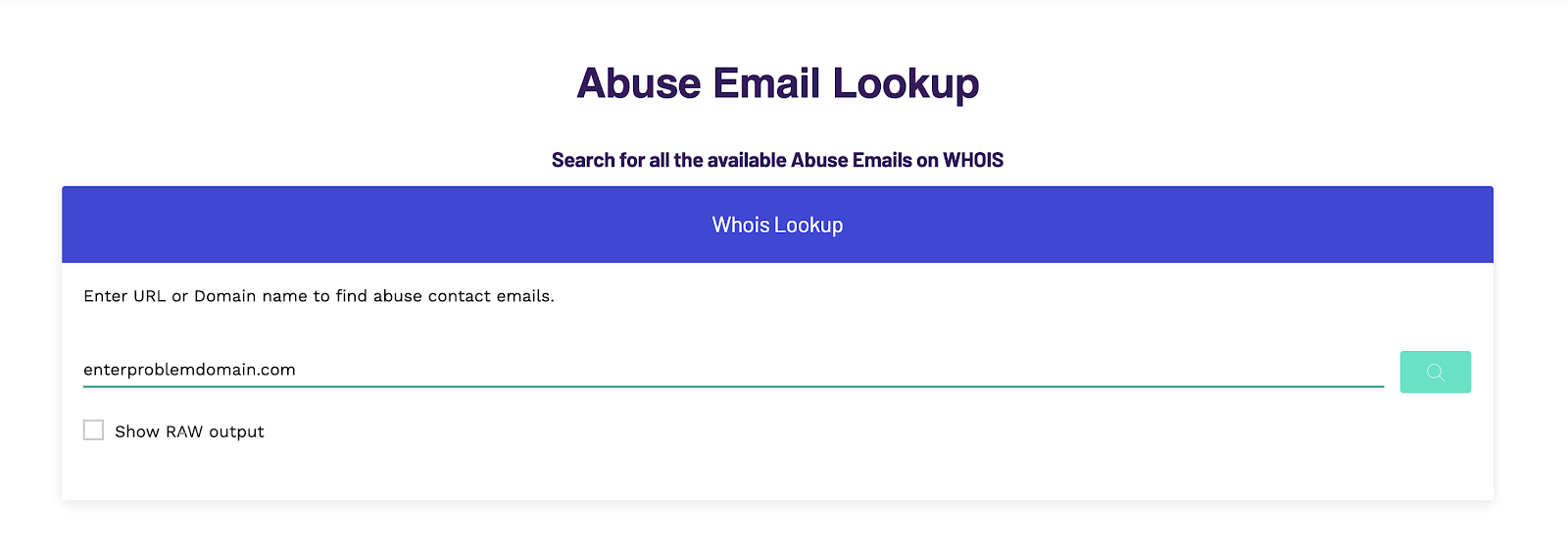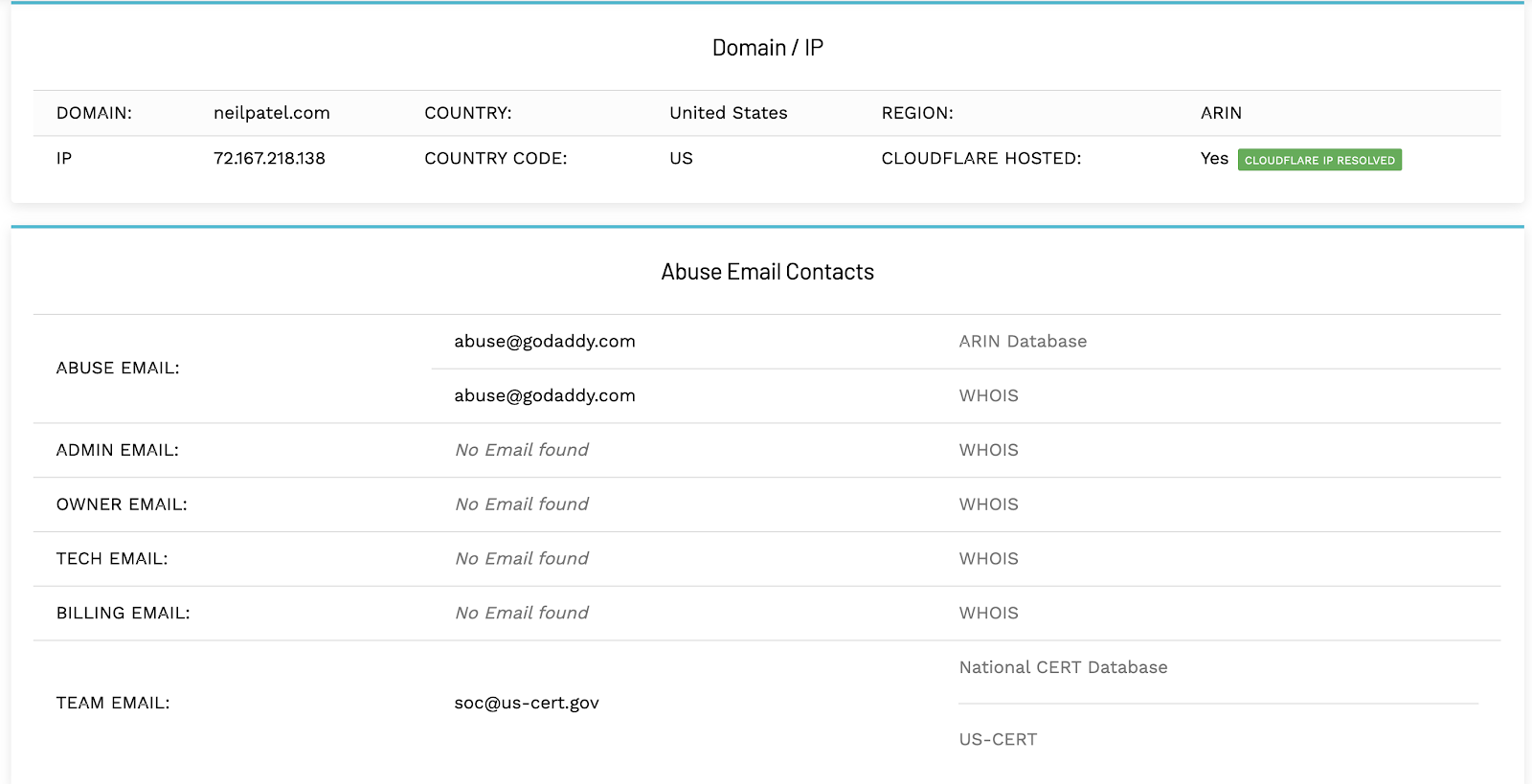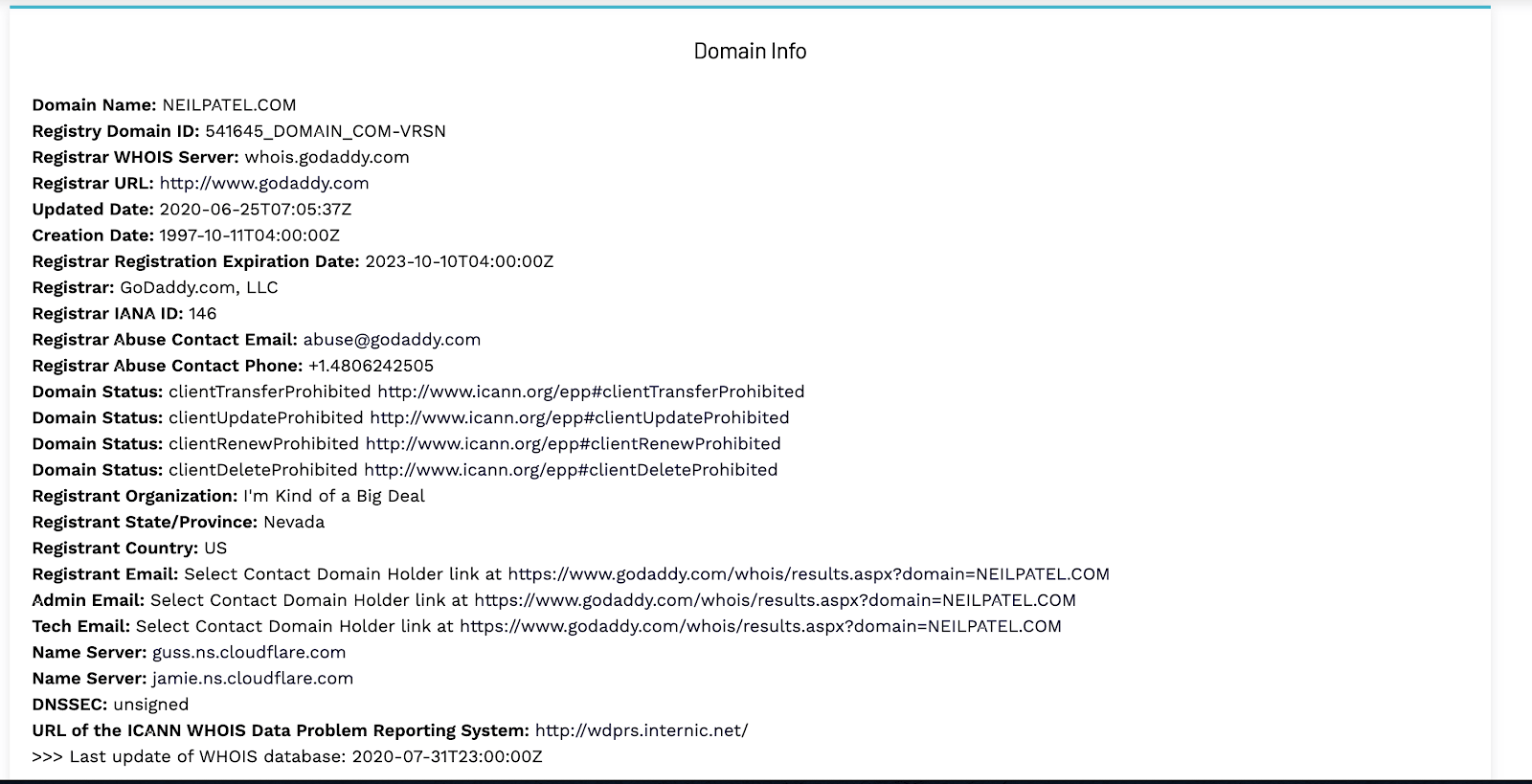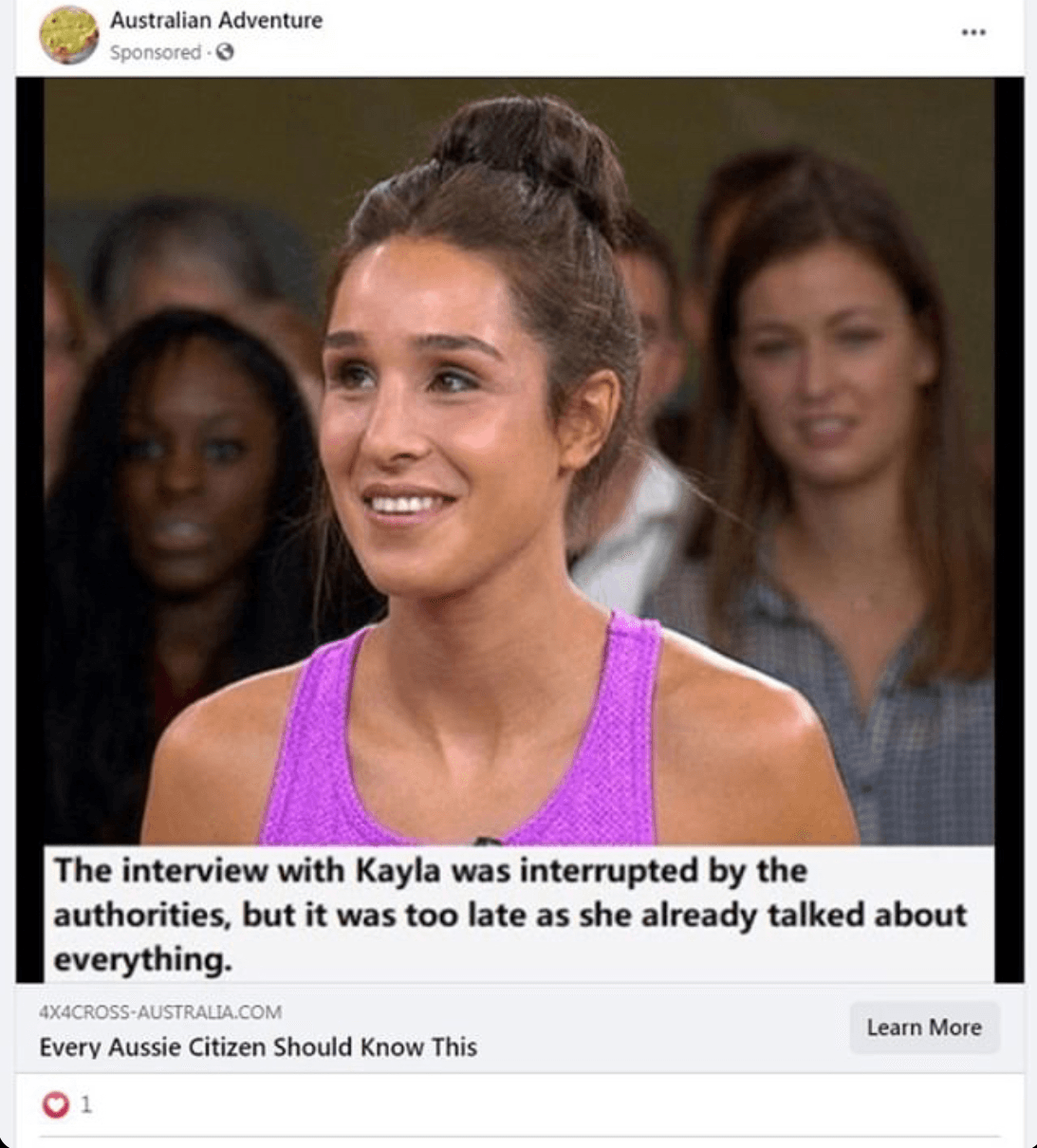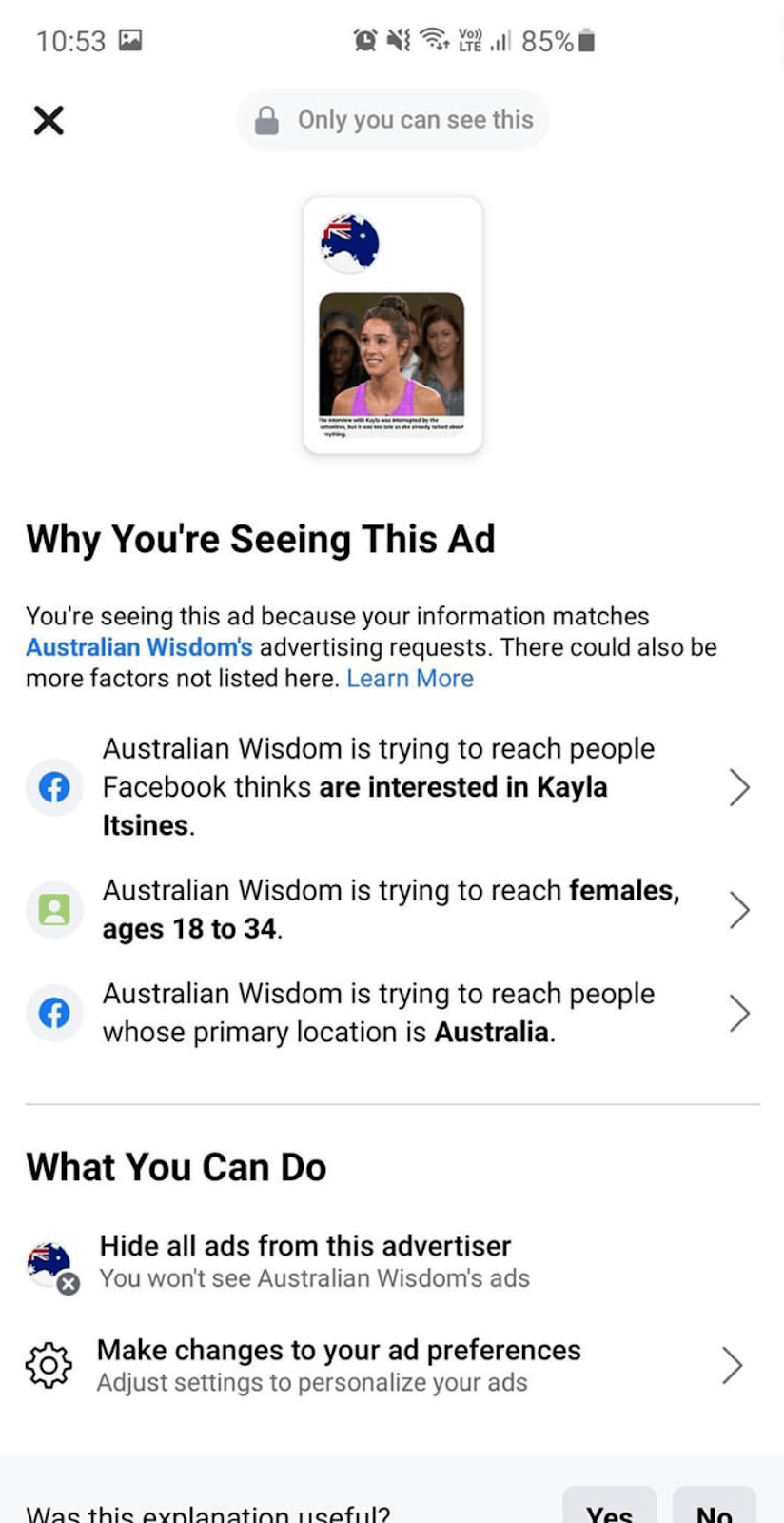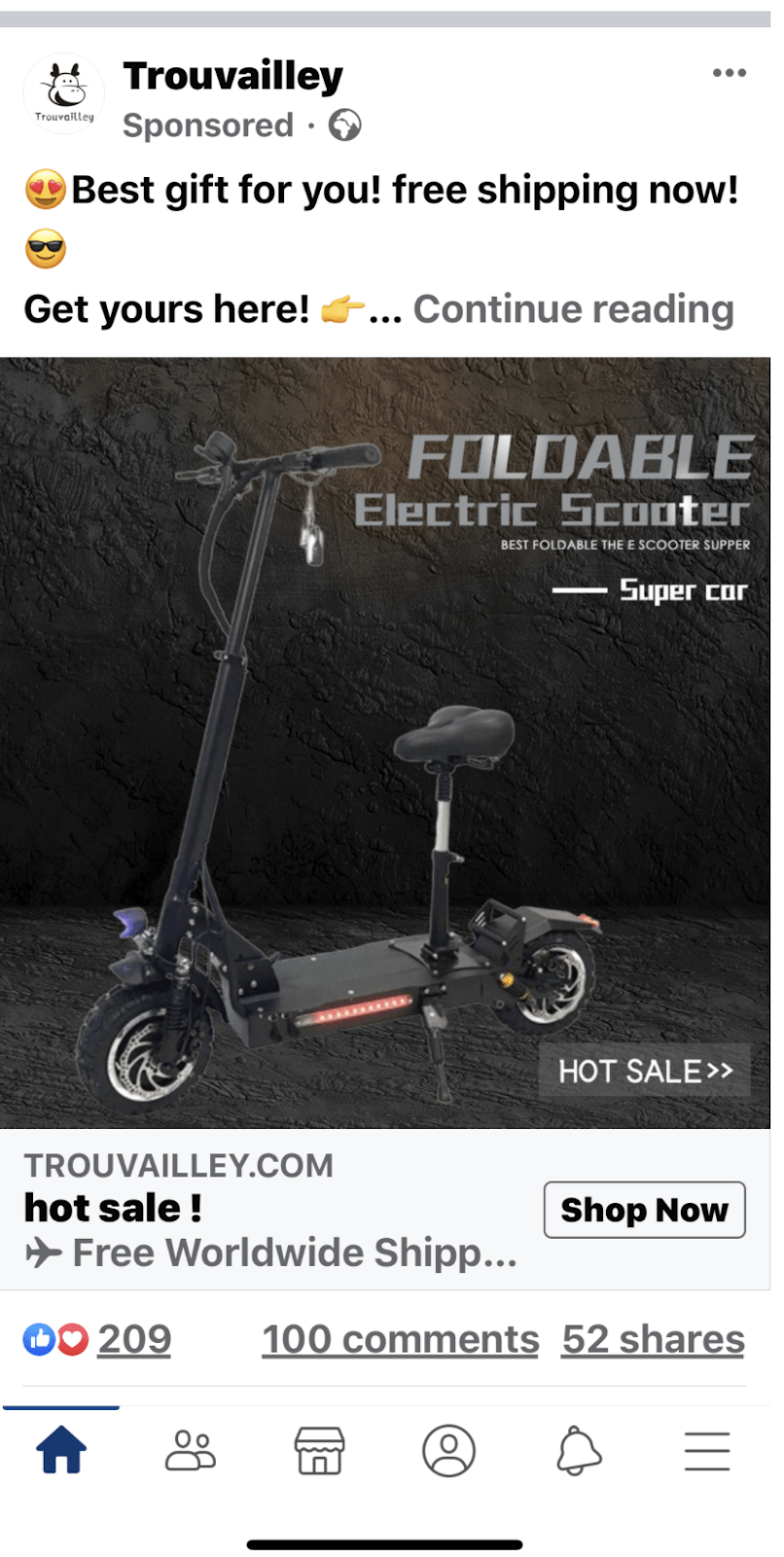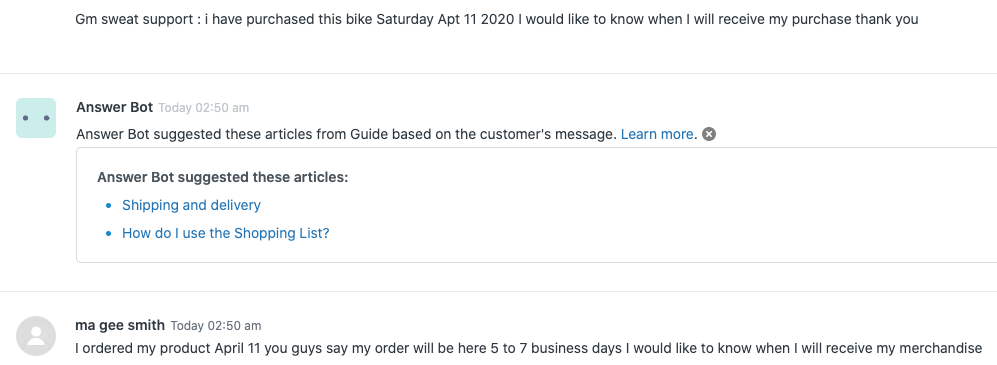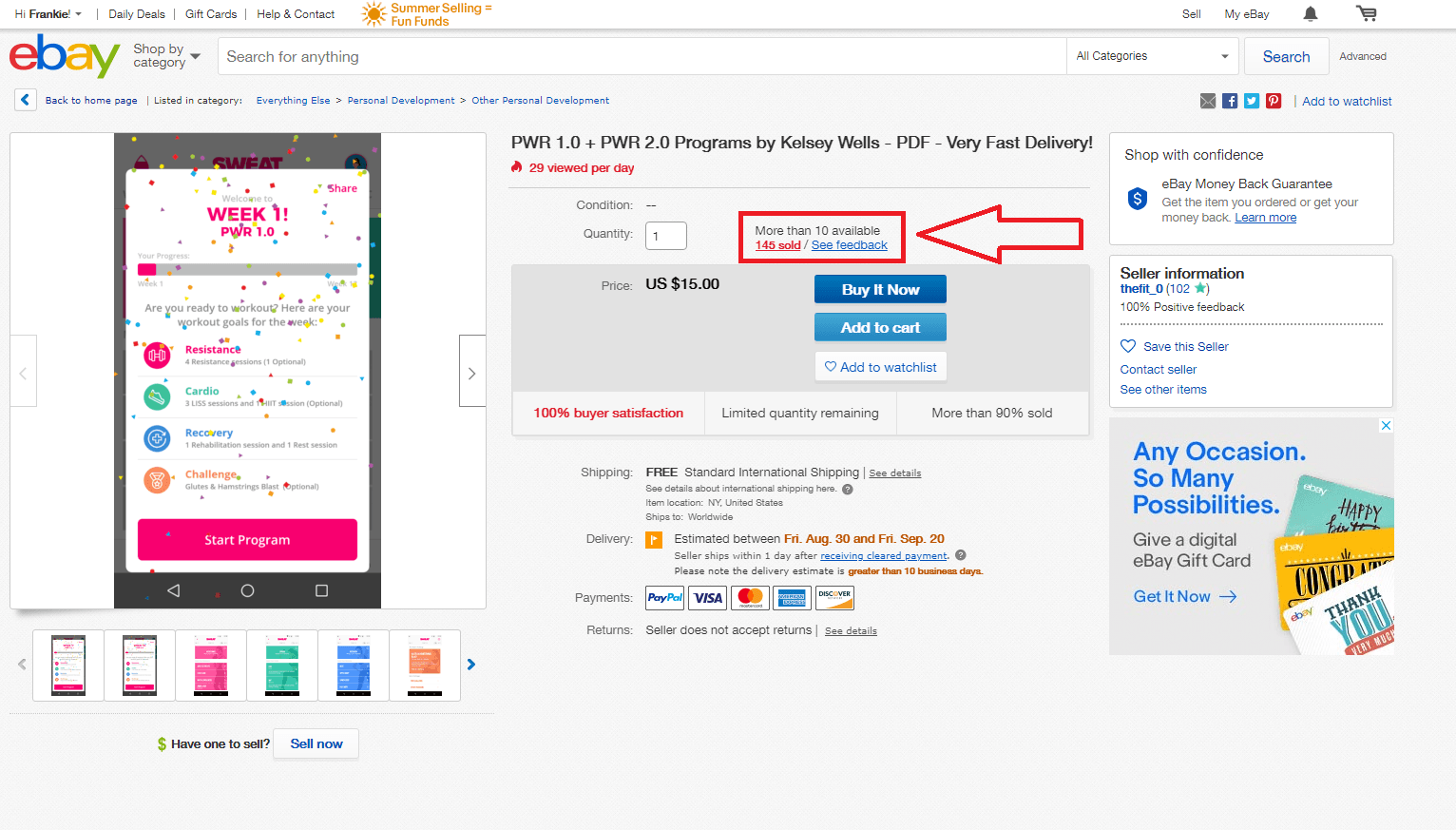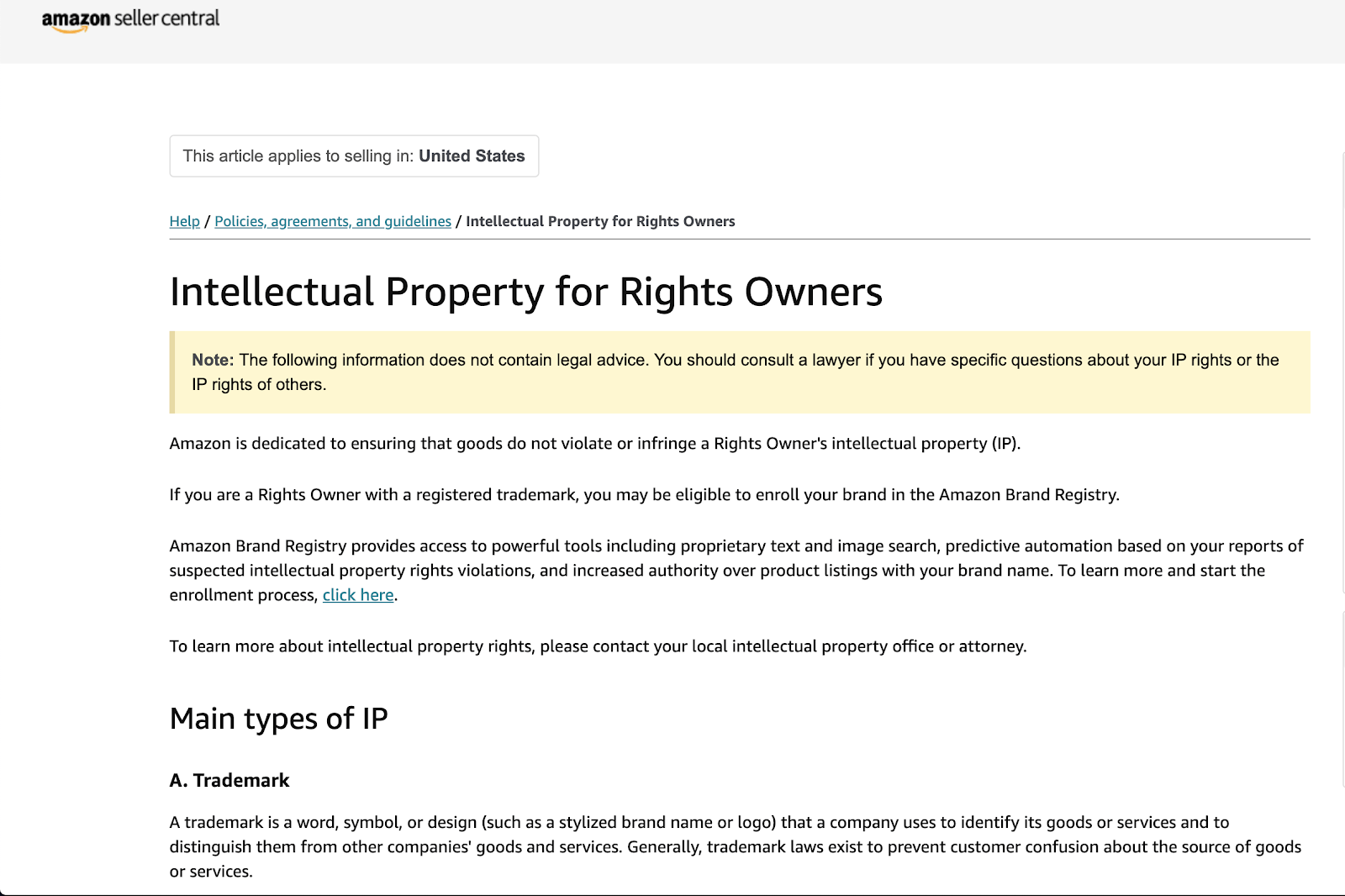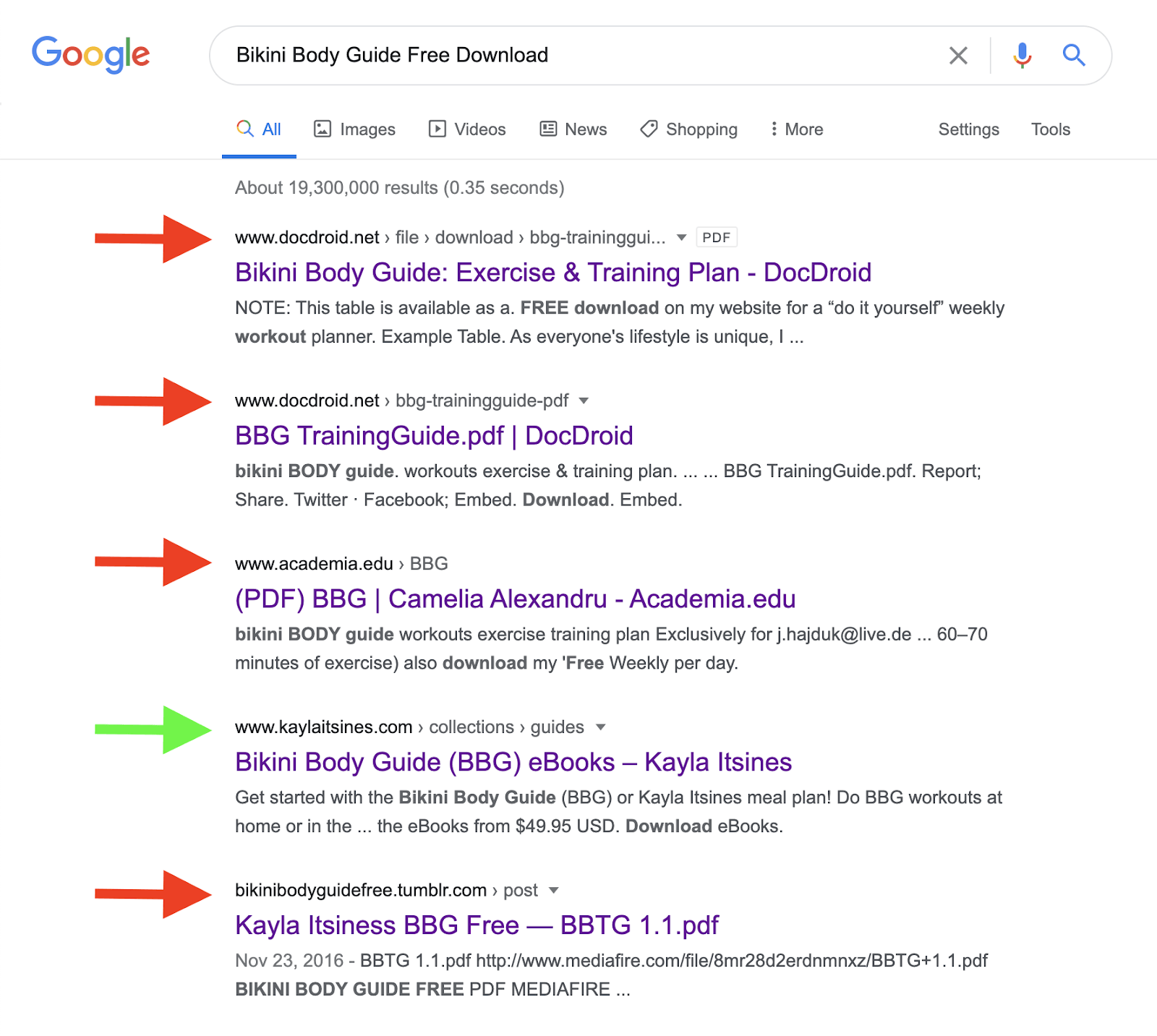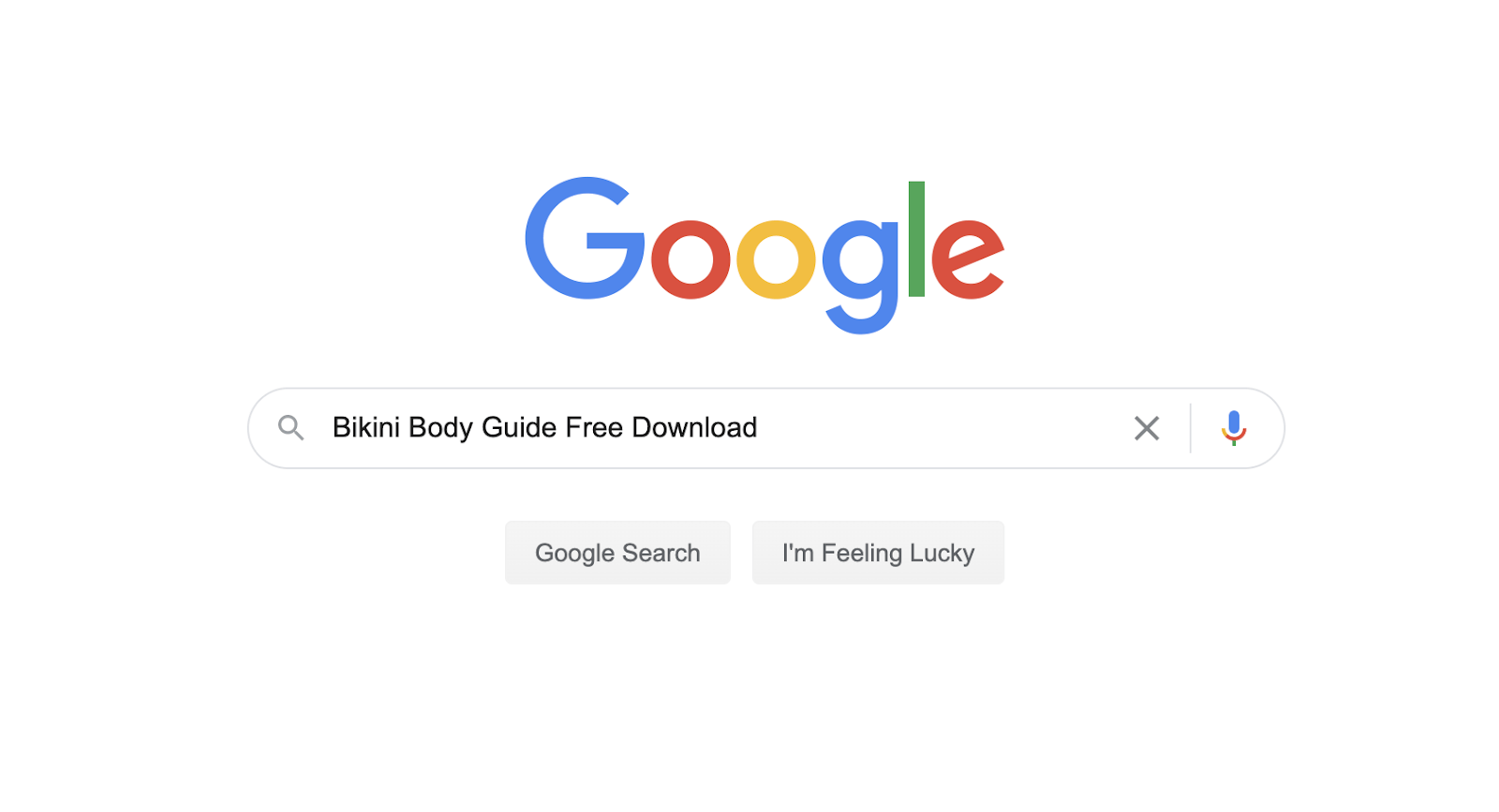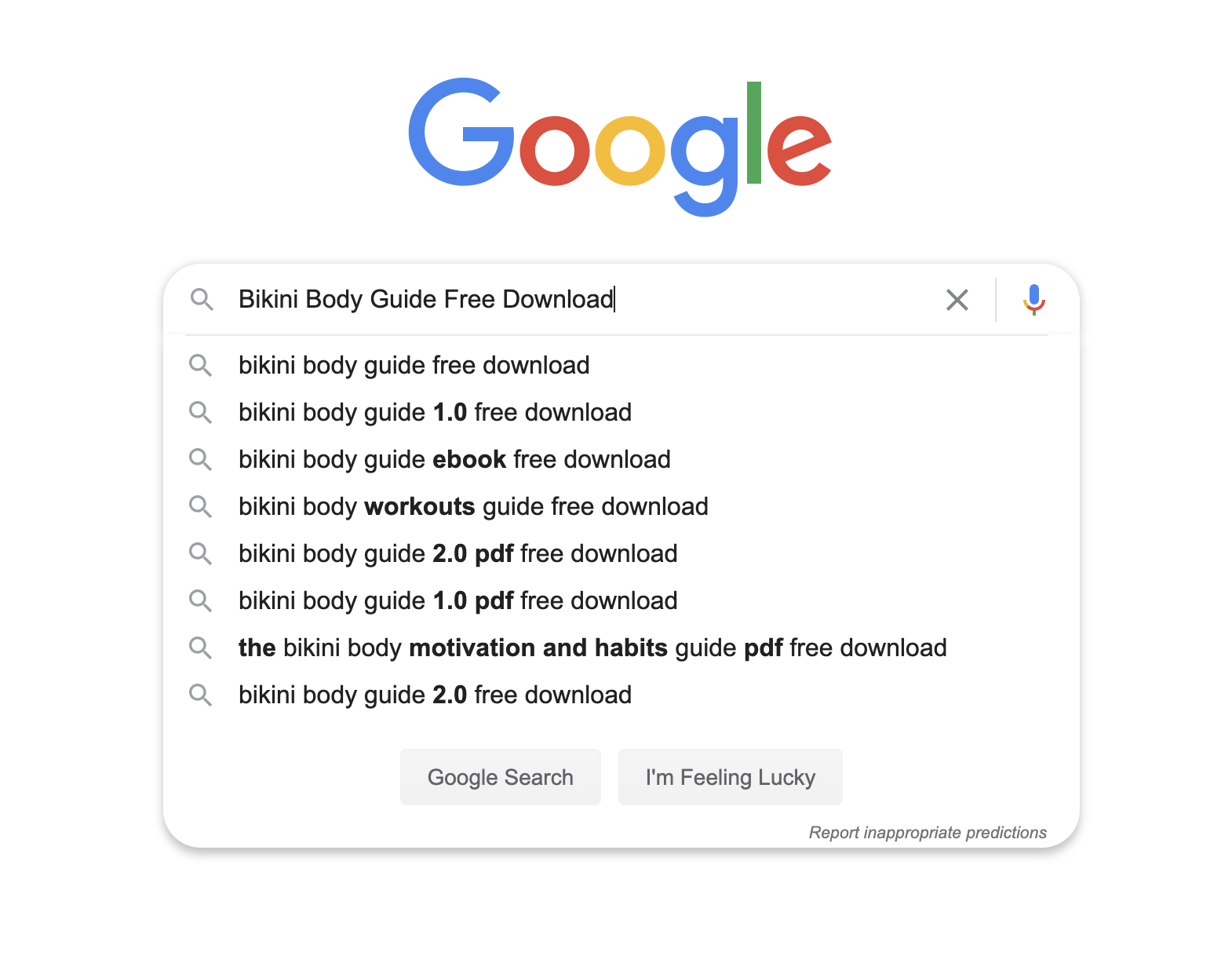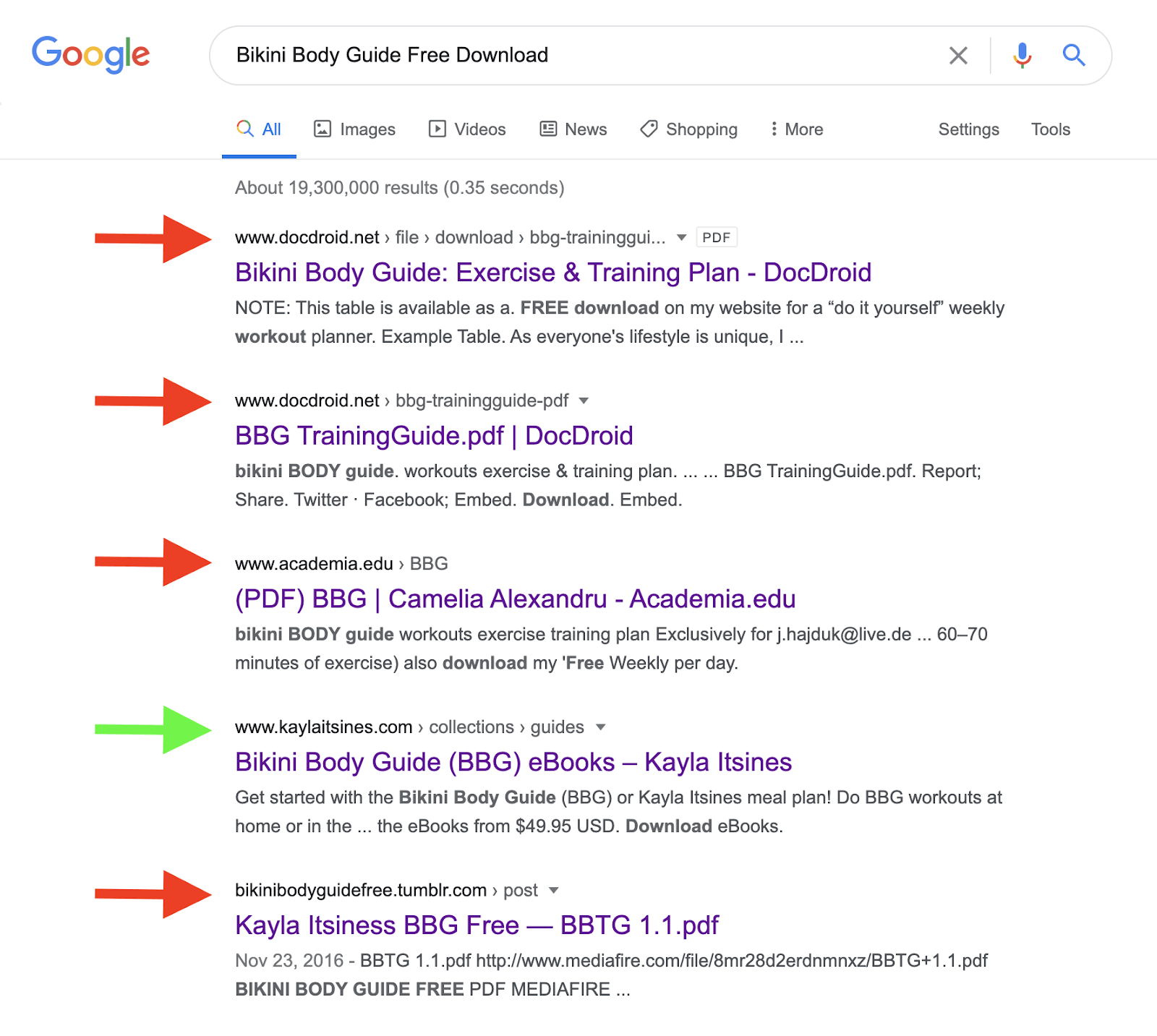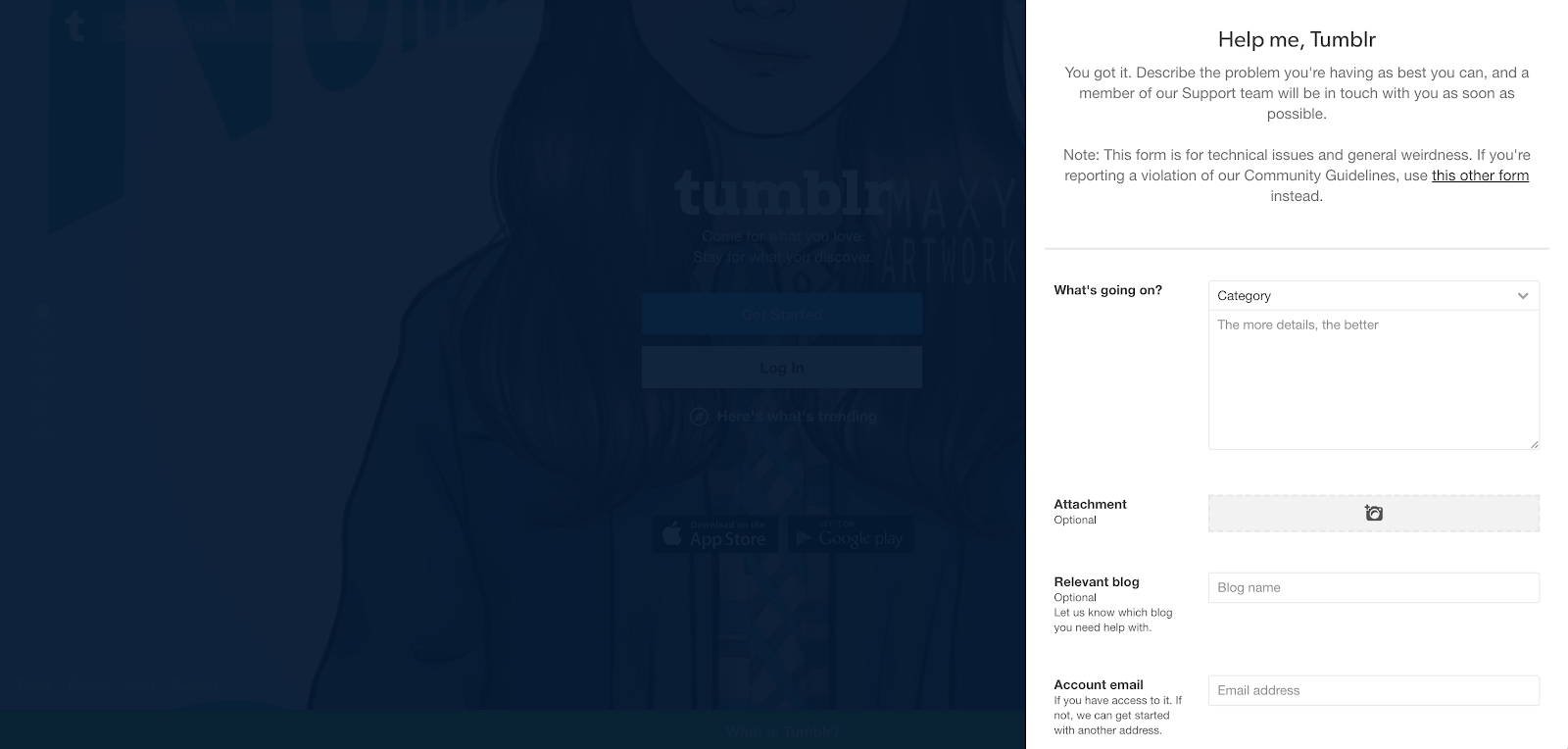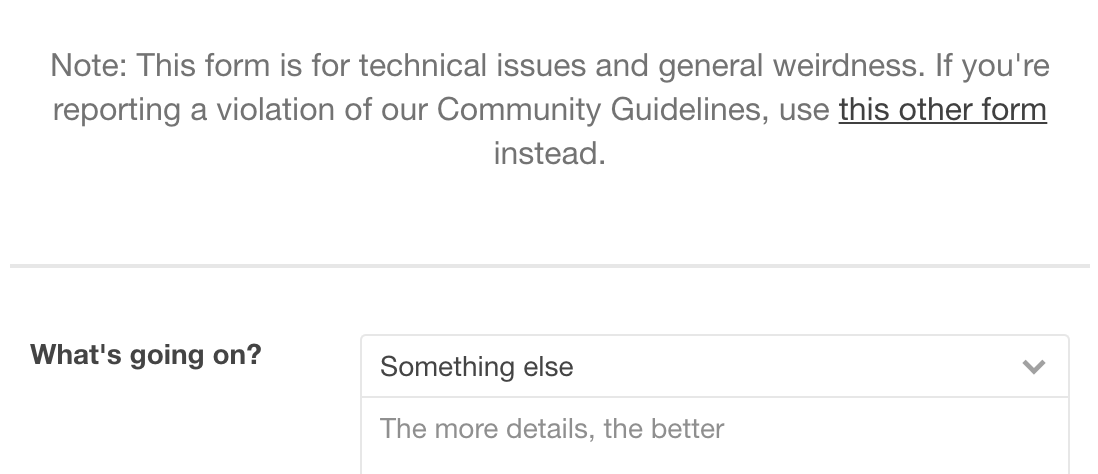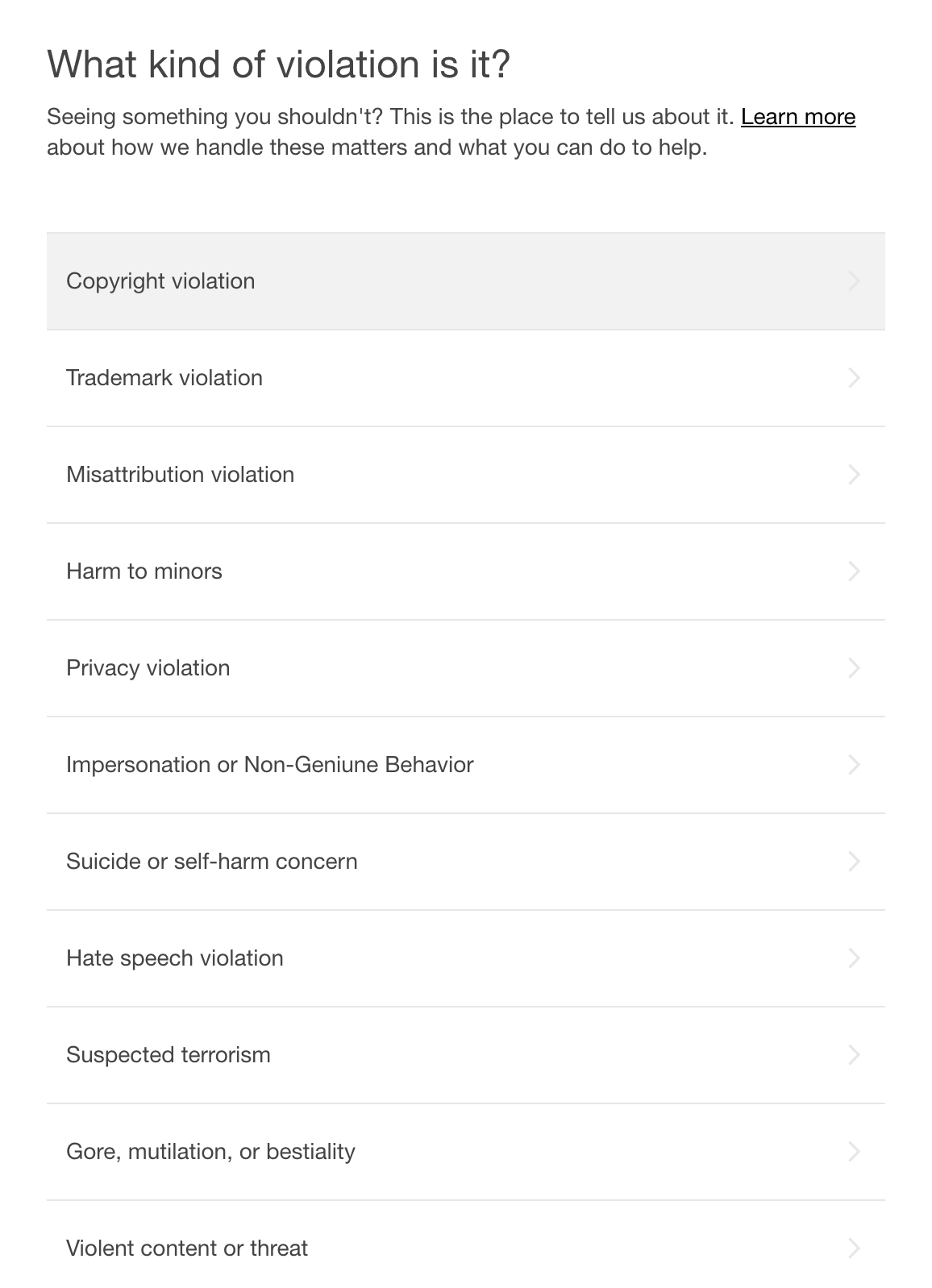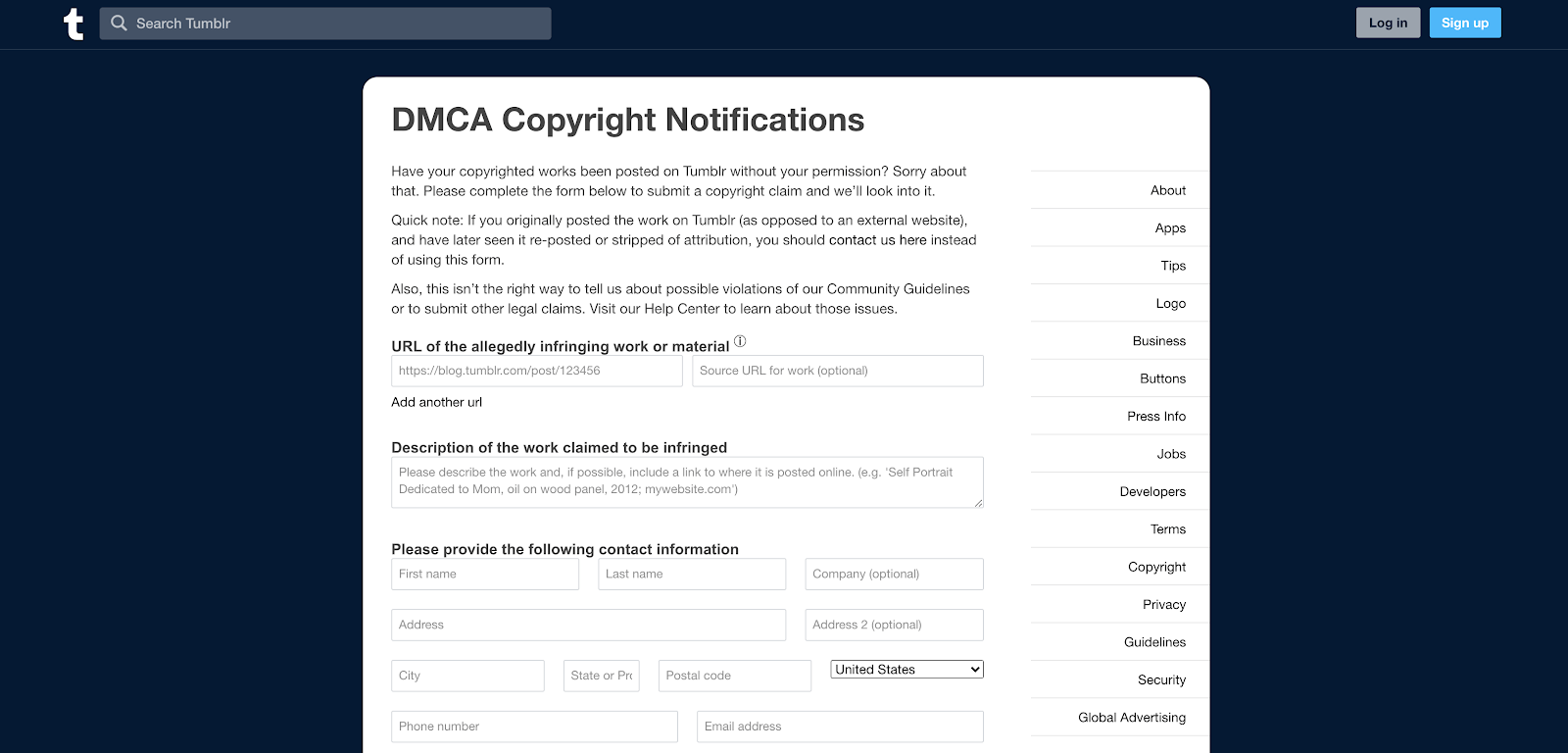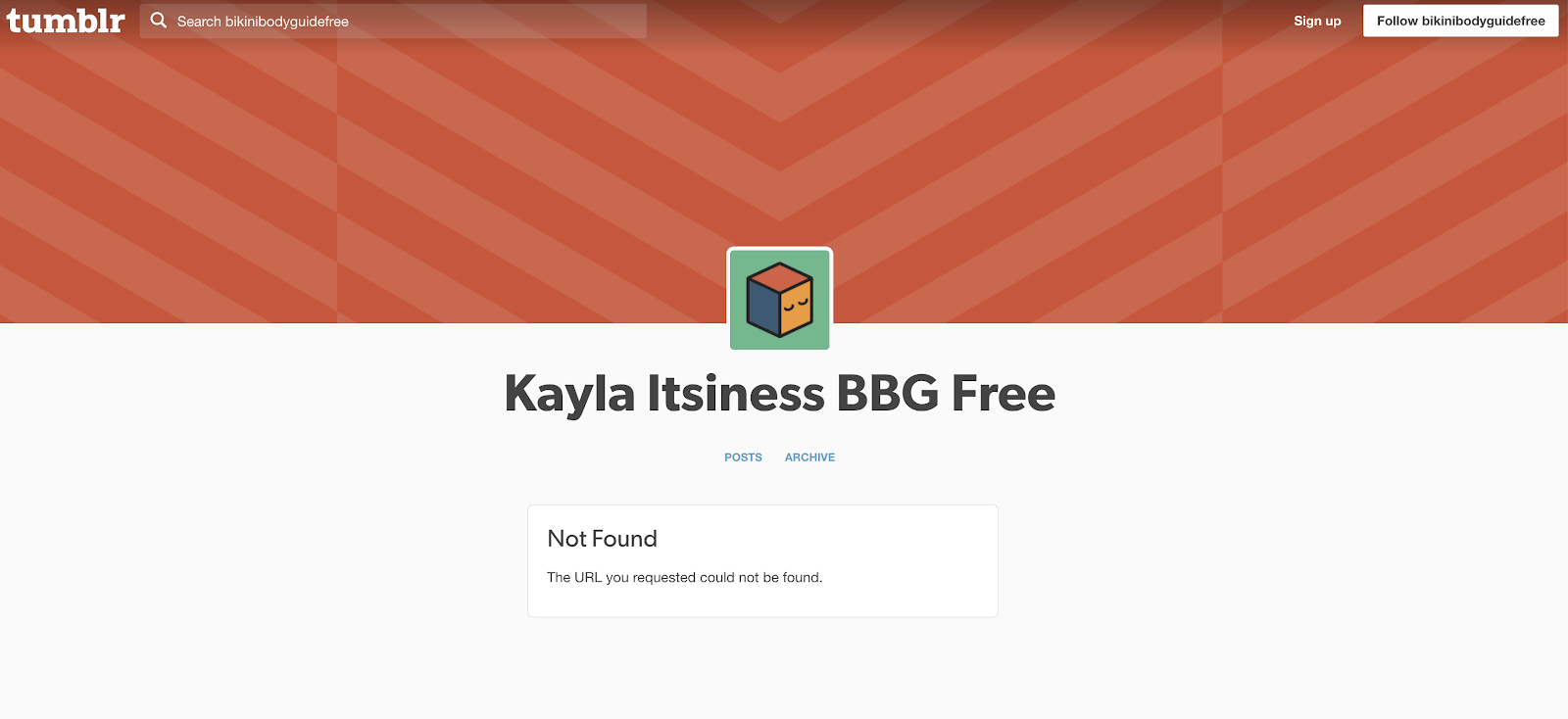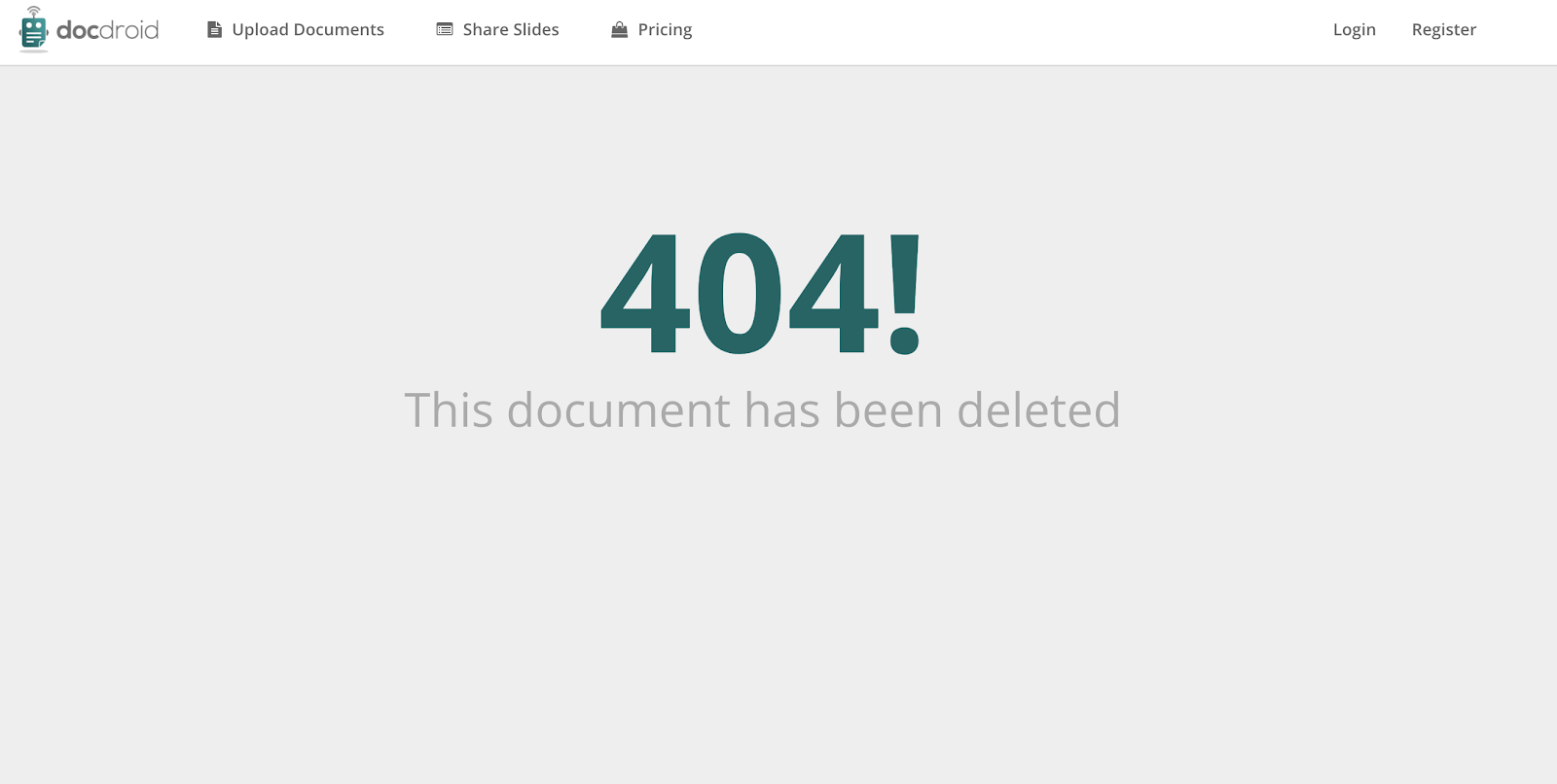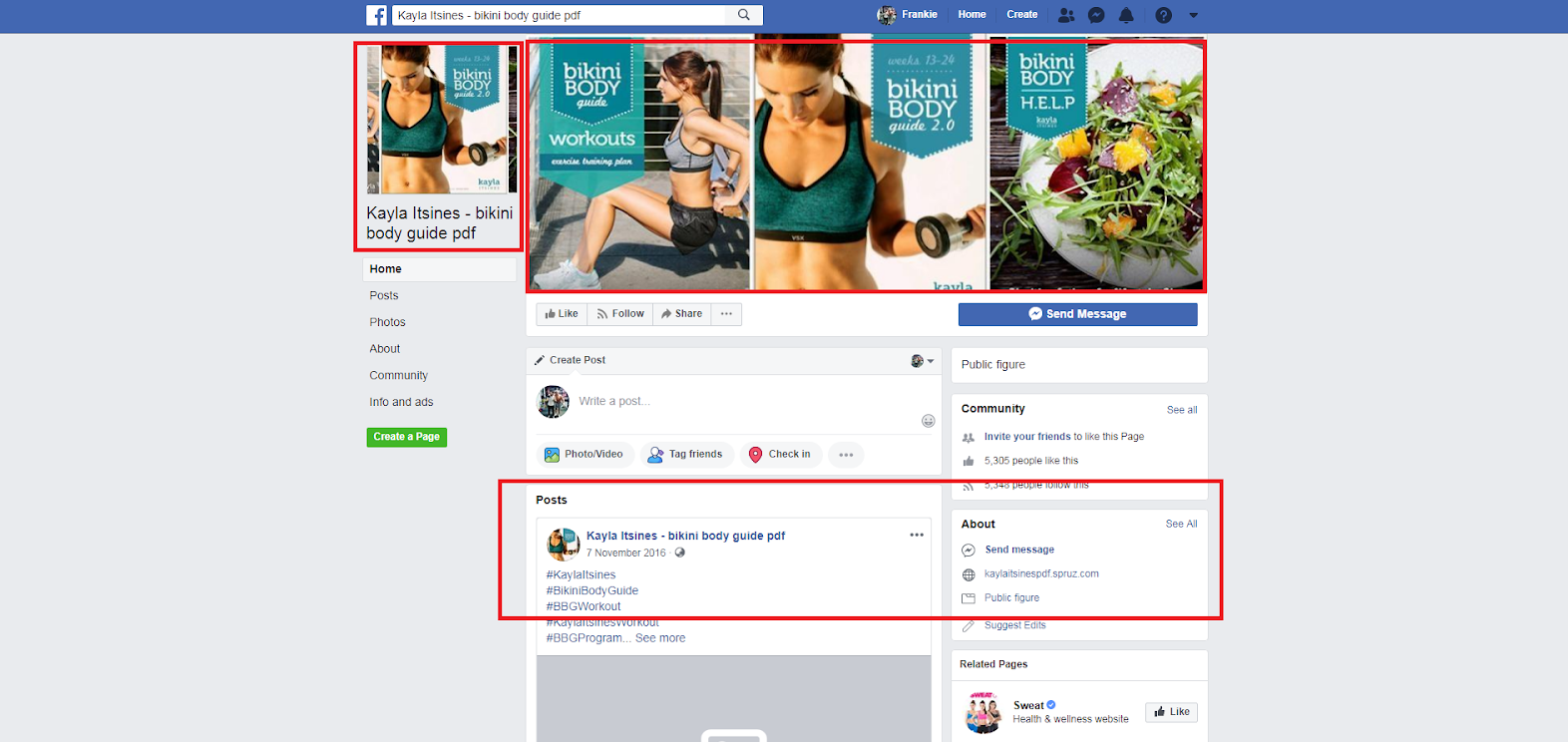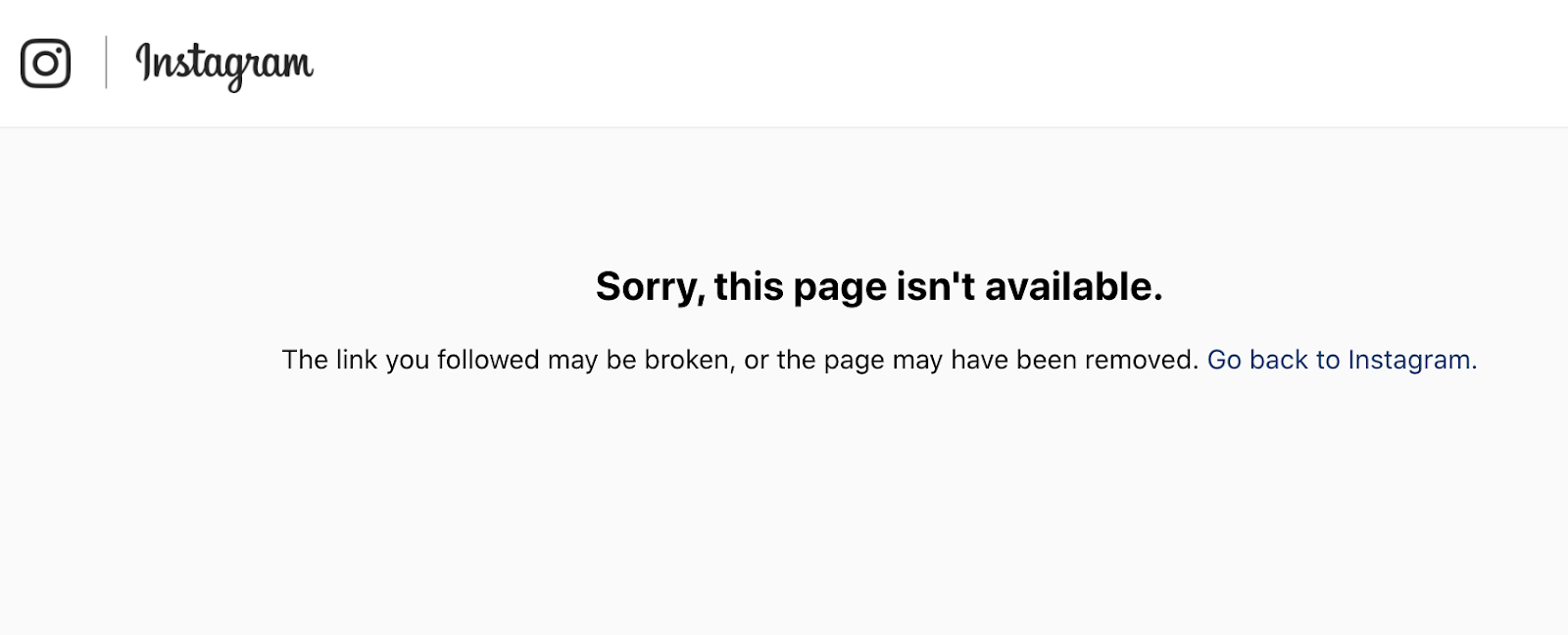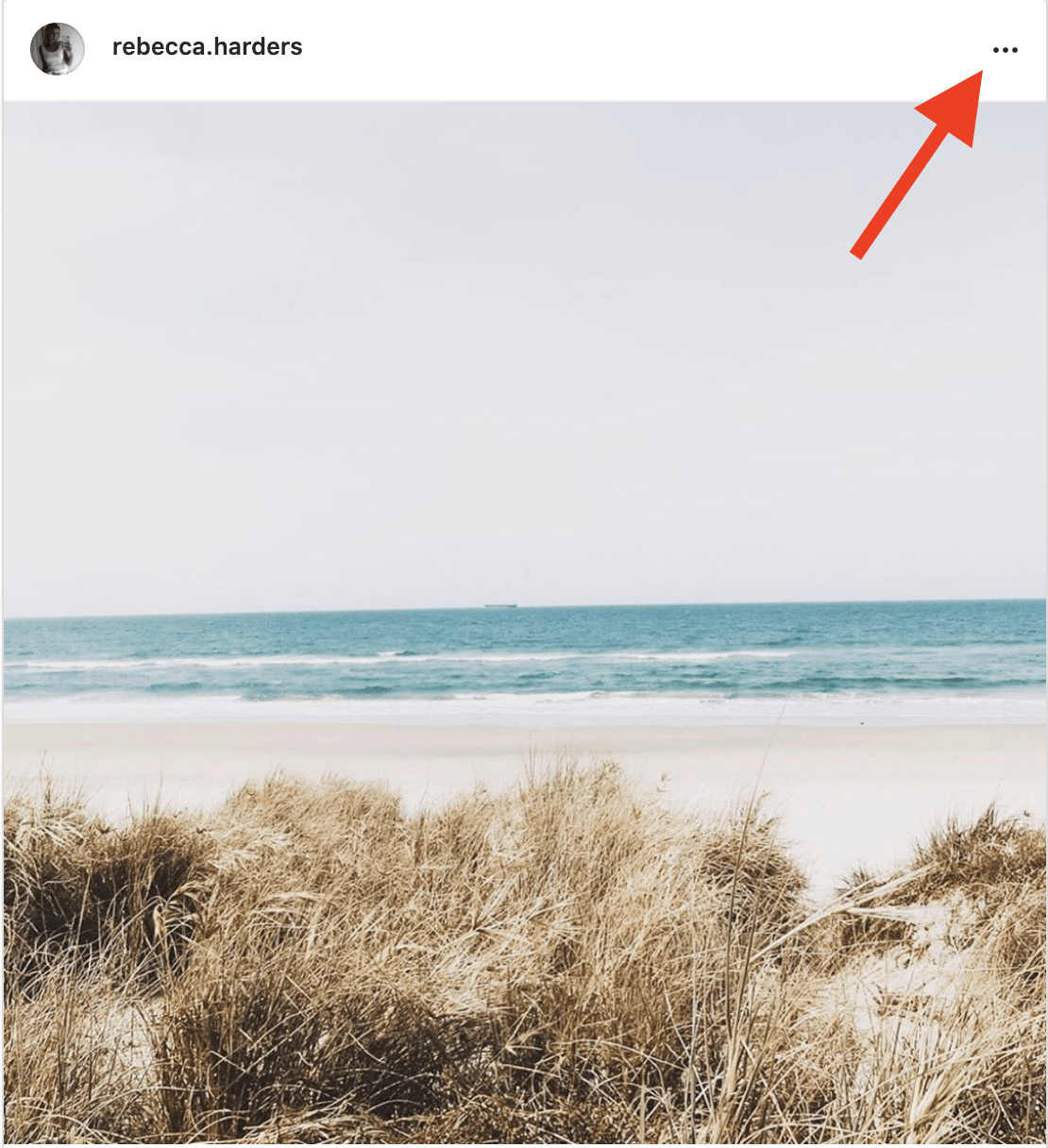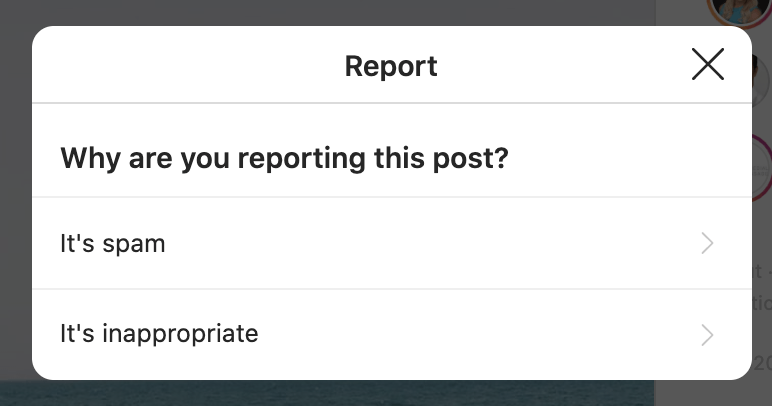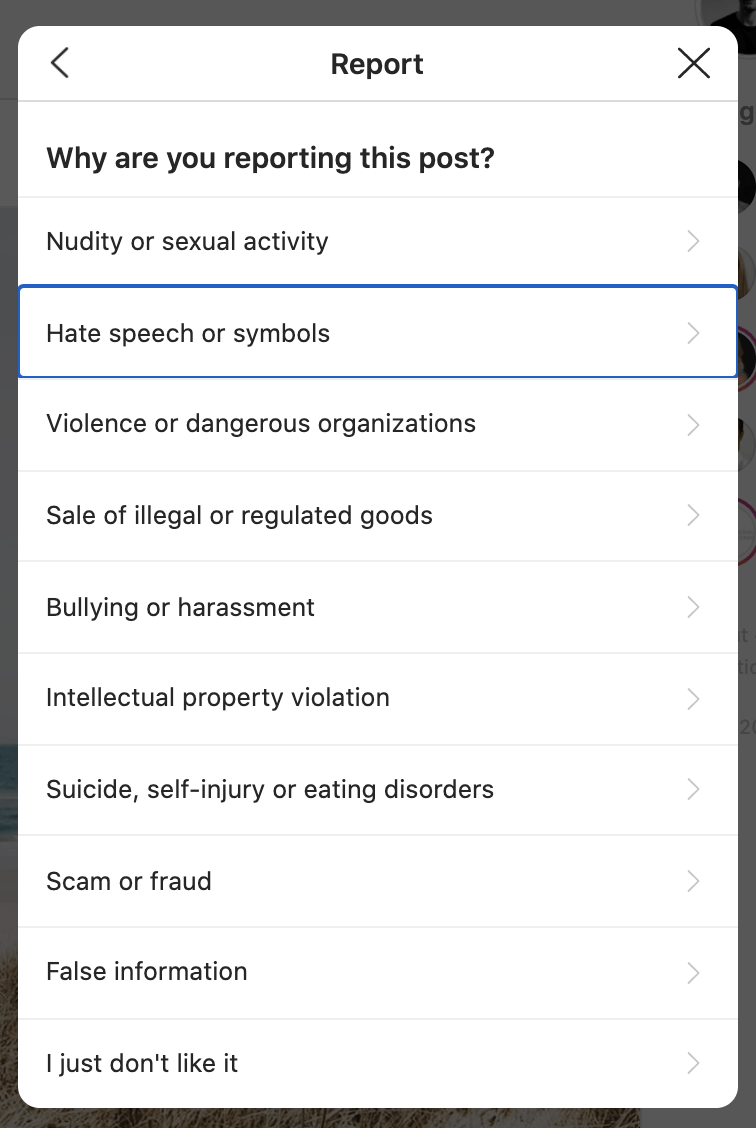The 3-Step Content Removal Process Brands With 1 Million+ Followers Use
Frankie Lee • September 14, 2020
In this case study, we are going to show you exactly how we did it. (step-by-step)
First, grab this checklist of everything we do to takedown copycat websites:
Download Checklist
Then follow along to see our 3-step content removal process:
Step 1: Brand Audit
- Create A List Of Branded Keywords
- Run Searches Against Negative Keywords
Step 2: Shut Downs
- Shut Down Scam Websites
- Shut Down Defamation
- Shut Down Fake Ads & Endorsements
- Shut Down Phishing Scams
- Stop Resales on Amazon/eBay
Step 3: Content Removal
- Remove Copycat Content From Brand Search Results
- Remove Stolen Intellectual Property
- Remove Impersonation Social Accounts & Pages
- Remove Images & Videos
Conclusion:
- Set Up Brand Monitoring
Step 1: Brand Audit
Create A List Of Branded Keywords
Our first step was to audit the brand from top to bottom by collecting all the brands main keywords for its products, services and influencers.
HERE’S HOW WE BROKE IT DOWN SIMPLY SO WE COULD BUILD A BIGGER PICTURE:
Brand Keywords:
- Sweat
- The Bikini Body Training Company
Key Figure Keywords:
- Tobi Pearce
- Kayla Itsines
- Chontel Duncan
- Stephanie Sanzo (Steph Sanzo)
- Kelsey Wells
- Sjana Elise
Intellectual Property Keywords:
- BBG
- Bikini Body Guide
- BBG Stronger
- Kayla’s Post-Pregnancy
- Kelsey PWR
- Kelsey PWR at Home
- Kelsey PWR Post-Pregnancy
- Chontel FIERCE
- Steph BUILD
- Sjana BAM (Body And Mind)
Run Searches Against Negative Keywords
Once we had the basic outline of all the brand, key figure & intellectual property keywords we then ran them through our monitoring systems (in a range of formats) against a preset list of negative keywords.
Our monitoring system does hundreds of Google searches simultaneously, like this (in this example “Download” is the negative keyword):
Below is the overview in a simple Google search:
Here’s an example of a generic list of negative keywords we use to find negative or damaging content to a brand:
- Scam
- Free
- Download
- Stay Away
- Fraud
- Beware
- Exposed
We add a list of 100’s of these keywords into our monitoring system, depending on which brand we’re looking after online (and their specific needs and issues).
Here’s an example of some of the searches we ran from taking our branded keywords and integrating with our negative keywords:
- Kayla Itsines Exposed
- Kelsey Wells Scam
- Stay Away From BBG
- Beware Of Bikini Body Guide
- Bikini Body Guide Free Download
Unless you are already a client of ours you more than likely won’t have access to our AI monitoring software that can search the entire web, however I’m going to show you how to build out a basic monitoring system yourself using Google Alerts in Step 2.
You can also integrate your keyword list in with your own brand monitoring tools. So now we had our list of keywords we performed searches through our system which we have devised to formulate a list of links that require action.
DOWNLOAD THE TAKEDOWN CHECKLIST
Download Checklist
Step 2: Shut Down
Shut Down Scam Websites
This is where we took down exact copies of Sweat.com. Right away, we found that a full copy of sweat.com had been set up on sweat.co (selling Kayla’s exact programs!) This was costing the brand a loss of revenue because of the fact it was being advertised throughout social media as a legitimate source to buy the content. This was removed in 72 Hours! It would have cost hundreds of thousands of dollars in lost revenue should it have continued.
Here’s what the scam website looked like:
You may currently have this issue with your brand, so let me tell you how we removed the website and shut down its payment gateways inside 72 hours.
To find the fake site, we:
- Monitored Kayla’s branded keywords and found the site on one of our automatic sweeps over Google.
- It was also raised as a separate issue when it was found that content was being used as Facebook ads to drive traffic to this website.
- Once searches had been run against the Facebook Ads & Sweat.co itself it gave us a full picture of the size of the issue at hand.
To take down the site, the first thing we did was use our Deep Whois Search (try it here) to show us where this website was being hosted.
Once you hit search it will show you the following:
It’s going to give you all the information it can populate from the domain such as abuse contact emails of the host. As well as a government database email.
It’s also going to pull even more data such as registrar of the domain, their phone number as well as other details you can use to contact and follow up:
From here we tailored a takedown notice based upon what our experts believed gave us the best angle to justify full removal. Once we have formulated a takedown notice we will send that to Google (to remove from the search) as this mitigates the traffic going to the site in a lot of cases. We will then send a copy of the takedown notice to the cloud network and hosts of the website.
Whilst we were awaiting the platforms to reply to the case we had put together we went after the payment gateways sweat.co was using (which in this case was PayPal & Stripe).
The first wins we had were:
- Shutting down Stripe account
- Shutting down Paypal account
- Removed from Google search
Once we had mitigated the payment gateways and the ability to find the site in the search, we then successfully removed the site from the server.
If we had just gone after the website on its own rather than breaking it down and taking out different parts of the site it would have given the site 72 hours longer to extort Sweat’s customers. This causes damage to the reputation of the brand and a lot of customer service complaints.
Next we shut down unfair defamation.
Shut Down Defamation
False defamation websites and blogs specifically set up to defame the brand with no moral basis were shut down. Being highly ranked in Google was allowing potential customers to be swayed by unjust content on these sites.
The hate website above was set up to bully and harass the client/brand, and was highly ranked in the Google search.
We removed it from the search and then removed it from the website host inside 14 days.
Then we started to shut down fakes ads and endorsements.
Shut Down Fake Ads & Endorsements
One of the most common things brands face today is fake ads and endorsements. Making sure these are shut down in a timely manner is very important in our role of protecting the brand from damage and making sure customers are not duped.
Here is an example of a fake ad on the Facebook platform from Australian Adventure. It’s specifically setup to defraud clients into thinking Kayla is investing in Bitcoin. This false information puts fans at risk of being duped into investing in bogus schemes.
This clickbait ad was targeted specifically at Kayla’s fans in Australia as you can see here:
Marketers are using ads like this to target the exact customer demographic of a brand and the use a clickbait hook to direct them to what looks like a legitimate news article complete with logos of well known and trusted brands, as seen below:
These ad’s and creatives lead the audience into falsely thinking Kayla is recommending them into bitcoin investment.
The worst part:
They are being promoted on Facebook & LinkedIn to sell products that the brand did not endorse.
This costs the brand reputation & leads to an increase in customer support issues not of the brand’s making. Unhappy customers would contact Sweat feeling as if they had been duped and mis-sold.
Fake ads and news are a constant battle as people try to piggyback on your success as a brand. This one was removed in 10 hours!
Fake ads have become such a common thing it’s estimated it costs brands $100’s of millions in lost revenue every year.
After shutting down all the fake ads, we started to shut down phishing scams.
Shut Down Phishing Scams
Over a week period Sweat received 5 complaints from people who had purchased random products from a dodgy website, which they had been directed to by a FB Ad.
None of the ads, websites, or products have anything to do with Sweat nor did they have any Sweat branding or the likes. However, upon people purchasing these products, these customers were seeing the charge on their bank/Credit card statements as coming from “sweat.com”, causing them to reach out to Sweat to dispute the charges.
Here’s a breakdown of what was happening:
- Random person (non Sweat customer) sees a Facebook ad as seen below:
- They click the ad and get taken to a website where drop shipped products are being sold.
- They purchase something from the website thinking they’re getting an absolute bargain.
- The charge on their bank/credit card statement shows as coming from “sweat.com”
- They contact Sweat to dispute the charge thinking they’ve been billed by them (as it just appears as sweat.com)
What we did first was shut down the Facebook ads that were driving the traffic to the website where the phishing was happening. Then we shut down the payment processor they were using (in this case it was Stripe) so we shut down their account.
This stopped all the issues going forward and removed all the customer support issues and refund requests related to the scam.
That’s when we proceeded to stop all resales of products on Amazon and eBay:
Stop Resales on Amazon/Ebay
Whether you sell physical or digital products the chances are you have experienced people reselling fakes or copies on Ebay & Amazon.
We consistently battle resales of digital products across these two platforms. Sweat noticed a decrease in purchases of legitimate content due to how much was being freely copied and resold on Amazon & Ebay. This can also happen on sites like Fiverr, Facebook Marketplace, and Alibaba where a brands content is consistently infringed upon.
This happens to brands that sell both digital and physical products. We have streamlined a way to remove this for numerous brands. This example above was successfully removed in 24 hours!
To tackle this we proactively monitor the platforms each month by actively searching Sweats product titles through the platforms and removing any issues.
One way you can better protect your IP with Ebay and Amazon is to register your products. This will allow them to identify that your case is legitimate and remove the content swiftly.
If you want to register your products IP on Amazon go here.
To register your product on Ebay go here.
Follow the step by step process they lay out.
Handy Pro Tip – Your content removal agency will be able to help you with this. Often it’s better to outsource these processes so you can focus on what you do best. Get in touch with us here.
Step 3: Content Removal
Remove Copycat Content From Brand Search Results
It’s no use having your paid content showing as freely downloadable under your branded keywords in Google. So we removed all these issues (in red):
Websites showing up in Google search selling their “Bikini Body Guides” were costing millions of dollars in loss of revenue.
You probably don’t have a system like this, however once you have a list of all your search term keywords you can then run them through Google and Bing.
Here’s an example:
Handy Pro Tip: When you type in your search term Google will suggest what others are searching for in relation to this search term. Add these terms to your list to monitor!
When we ran that search here’s what it showed us:
With only one link in the top 5 being a brand link and the other 4 being Free Downloads we identified a big issue here.
People were giving away Kayla’s $49.95 Bikini Body Guide for free!
We proceeded to de-index them from Google and get Kaylaitsines.com back to the top of the search results, see below:
Next we tackled them on the websites where the content was hosted.
Remove Stolen Intellectual Property
Once we had de-indexed the links above we went about contacting all the websites to gain removal of the guides.
Here’s how we did it with Tumblr:
Locate the support page link at the bottom of the website.
Once you’ve clicked the link it will bring up the form below:
You can either report through this form or click on the link at the top to report abuse:
Once you click on the abuse form link it will bring up a lot of options, just pick the best one that fits the case you are trying to justify on the platform. In this case it would be copyright.
Once you’ve selected the right option it will take you to a DMCA form like this, simply input your details and submit the form:
As you can see here we have removed them from source:
And here:
I must stress how important Step 1 is. You need to build a clear picture of your brand, its intellectual property, your key figures and how your online footprint looks.
Once you have this mapped out you can run this against your negative keywords through the searches you perform on ALL platforms.
Remove Impersonation Social Accounts & Pages
Scam social accounts were contacting customers and extorting money on Instagram/Facebook/Twitter.
Like this impersonation of Kayla’s Facebook page named “Kayla Itsines – bikini body guide pdf”:
Over 5300 people were interacting with this page selling “Bikini Body Guide.” The page was using Facebook ads to drive traffic to this page, they targeted existing fans of Kayla’s page. This was removed inside 14 hours with a takedown application we sent to Facebook .
These issues are increasingly happening to all brands across all social media and you should have steps in place to protect yourself. Start with us today.
Remove Images & Videos
What we have found is that images and videos are constantly being taken and used without prior consent across a multitude of platforms including Instagram.
Here’s an example of an account using Kayla’s images:
Using our expert process we removed the whole account and images:
Most brands should engage a content removal agency to assist them through the removal process whilst simultaneously being one stage removed. However, you can report images on Instagram yourself by using this quick process:
Hit the 3 dots on the top right corner of the image or video on Instagram:
Then click why you are reporting the image or video:
If you hit the “It’s inappropriate” option you’ll get the largest list of actions and links to appropriate forms:
DOWNLOAD THE TAKEDOWN CHECKLIST
Download Checklist
Protect Your Brand Today
As you can see, there are 100’s of websites, ads and scammers out there, who will rip off your paid products and content if you let them.
Basically, there are two ways you can protect yourself:
- Do your own brand audit, buy a subscription to a basic brand monitoring tool (like Brand 24), alongside Google Alerts. Then draft up termination notices, find the contact info of the scammers, and manually contact every single one you find.
- Get a professional content removal service to do it all for you.
For 10+ years we’ve been helping high-profile influencers like Kayla Itsines and many others shut down fake websites and save hundreds of thousands of dollars.
If you’d like us to help you too, click here to contact us now. We’ll start by doing a brand audit, then start to takedown all the sites we find.






